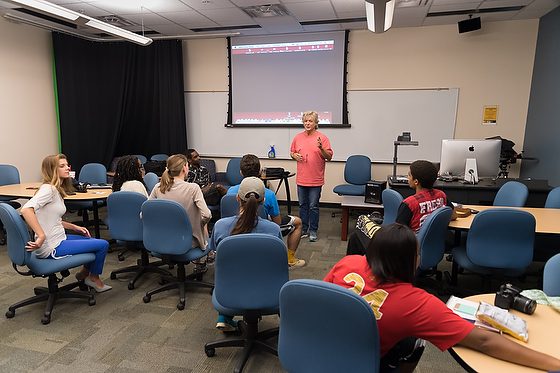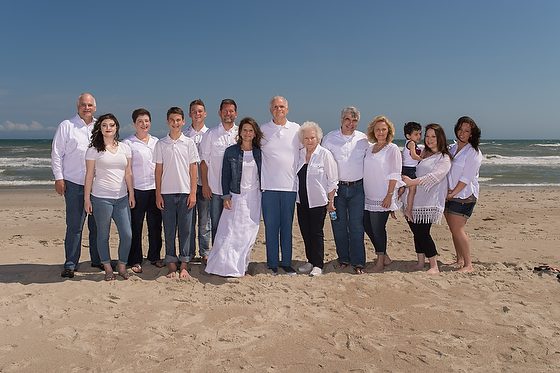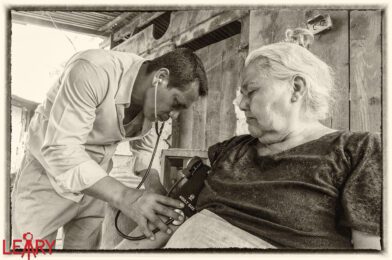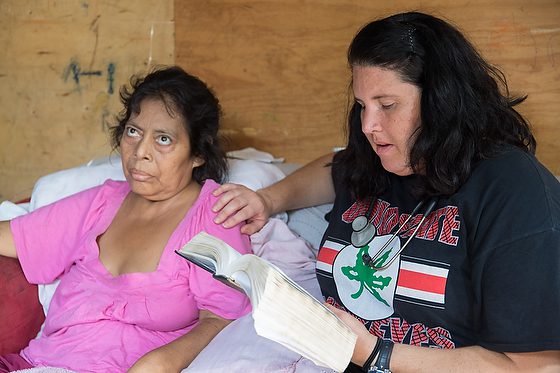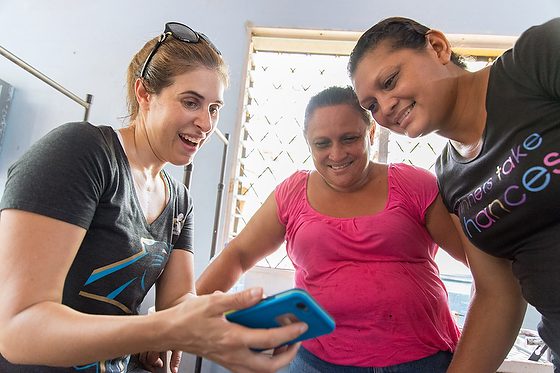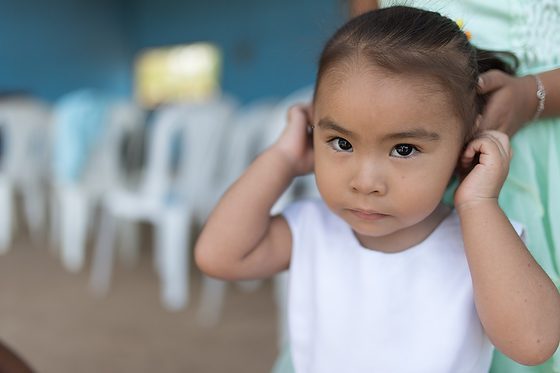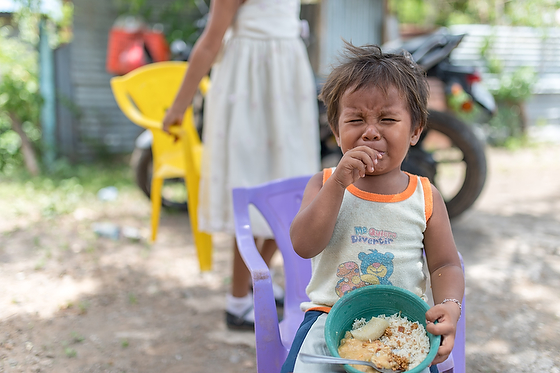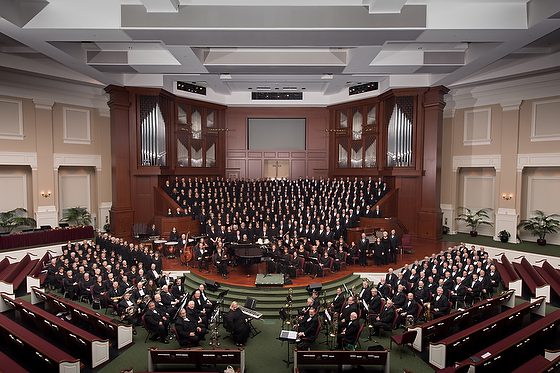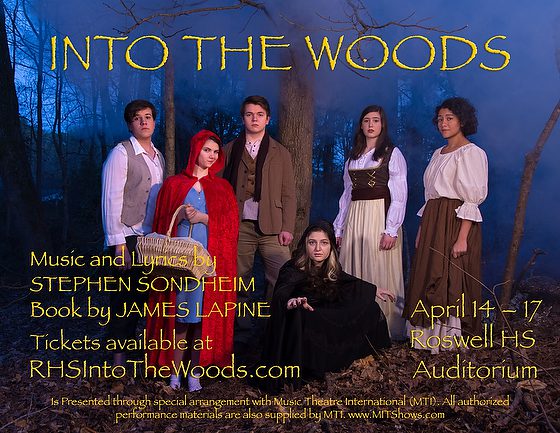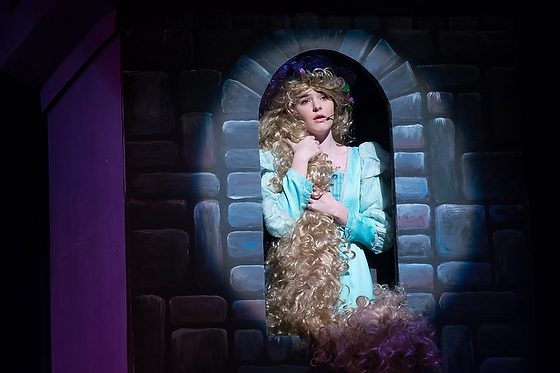| Nikon D5, Sigma 120-300mm ƒ/2.8 DG OS HSM | S, Sigma TC-2001 2x, ISO 360, ƒ/5.6, 1/4000 |
Communications professionals need to know more than the 5 Ws.
- Who
- What
- Where
- When
- How
If you do not understand and know the rules of the game, you will most likely not be any good but most likely will lose the game.
A game is only as good as its rules, and how well we play the game is defined by how well we follow the rules. What is so fascinating about many of the games we play today is that there are often no instruction books included—yet we somehow know how to play them anyway. Instead, we learn from family, friends, teachers, and coaches.
We also know that it doesn’t matter if you follow the rules that the game came with or if you make up your own rules; it just matters that everyone agrees on the rules.
 |
| Fuji X-E2, FUJINON XF 55-200mm, ISO 200, ƒ/7.1, 1/750 |
The core of a good game is understanding the game’s objective, subject matter, materials, procedures, and score.
Creating a game is no different from creating an educational lesson plan.
Five Parts of a Lesson Plan
Objective – A statement of purpose for the whole lesson. It tells us what the students will be able to do by the end of the study. It will determine the activities the students will do. Subject Matter – This will be the source of material to be studied.
Materials – Necessary teaching aids to be used for instruction Procedure – This is the body of your lesson plan where you outline the steps to be taken by the teacher & student. Assignment – where you ensure good recitation, which tells us
|
Humanitarian Work
As a professional communicator for humanitarian work, I am helping organizations tell their stories so the audience will get involved. These organizations need financial support and volunteers to help make the work happen.
Looking at a project as a teacher would for writing a lesson plan, you start with the objective. Many communicators may figure out this is the way in the 5 Ws, but it is much more because, with humanitarian work, you have a call to action with the audience. However, when telling a journalistic story, you are not telling the audience to take action; you are just informing most of the time.
Having an objective also helps you focus your questions while gathering the story to help you meet that objective. Too often, the people I am helping to tell the story don’t have a call to action. Instead, they were chasing human interest stories without an objective in mind.
When doing a story, you will go down many rabbit holes. If you know your objective, it is much easier to redirect the subjects back on track. You know that when they started, they were answering a question that they took in another direction. You turn them by clarifying and helping you find the supporting information which is helping you achieve your objective.
What many storytellers lack when it comes to using their skills for humanitarian work and business is a purpose to their story. That purpose is a call to action. Did your story engage the audience? You must be able to measure this.
Like at the end of the game, you will know the score; great communicators with organizations know if their communication engages the audience to action. Therefore, they have the last lesson plan step written into their communications plan–the assignment. That is the action plan the audience will take after hearing their story.


